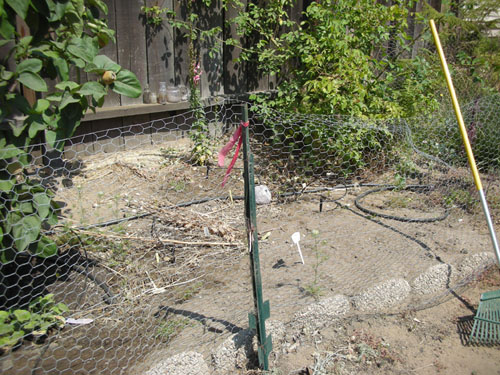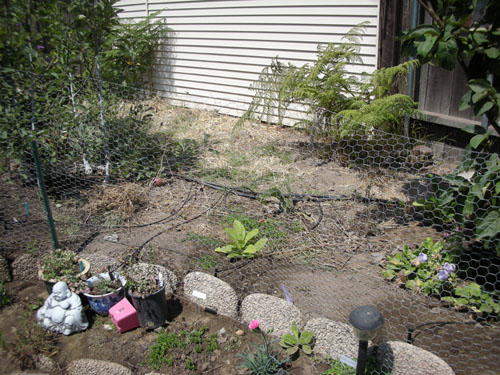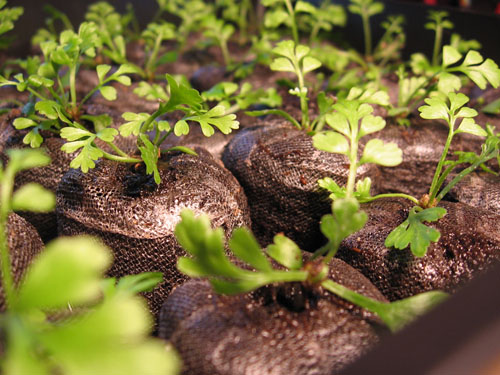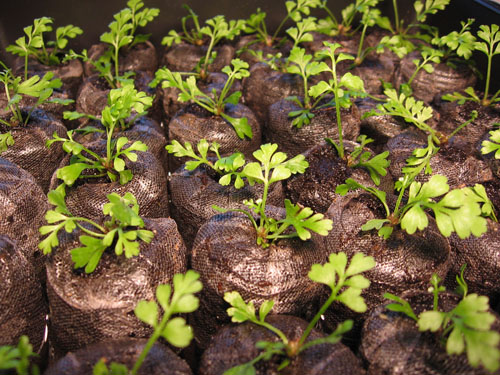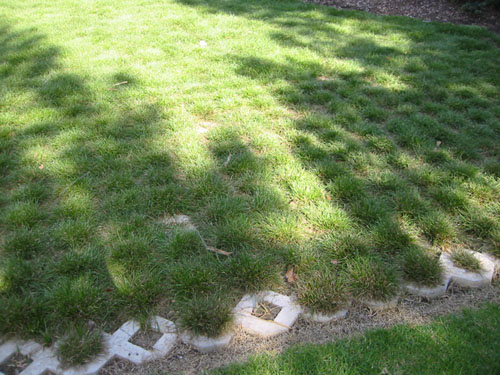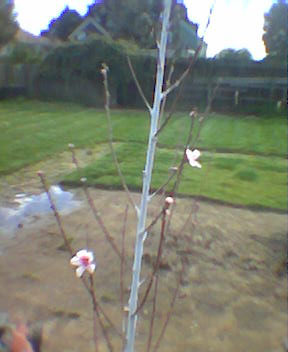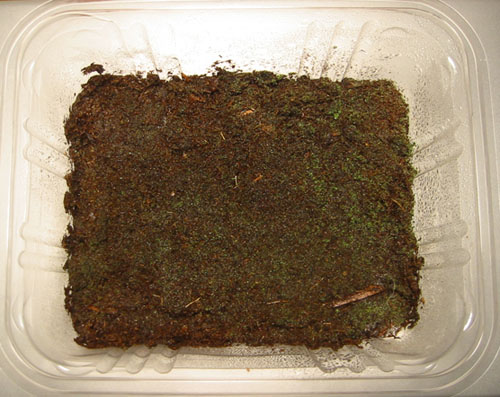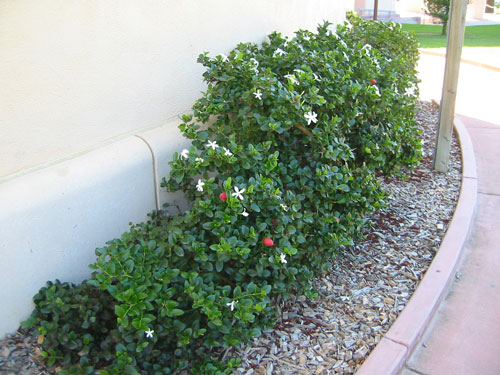Yesterday we spent the afternoon at the Pacific Orchid Expo, down at Fort Mason. (Some might argue that it seems like a bad idea to go closer to the Pacific Ocean when there's a tsunami alert on for the coast, but let's not quibble.)
It was a good time. Orchid people are INSANE. I mean, totally insane. They come up with things like this:
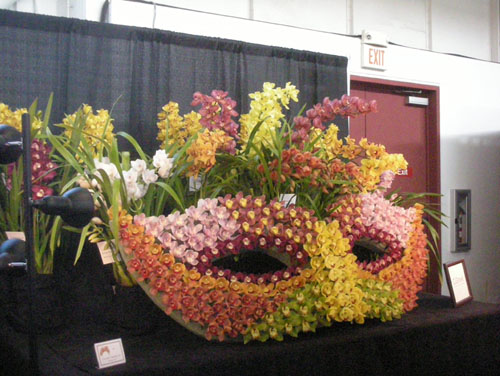
(The theme of this expo was Carnaval, and that's how they spelled it.)
The market was a wonderland of interesting orchids and the occasional related plant, plus one very intriguing service:
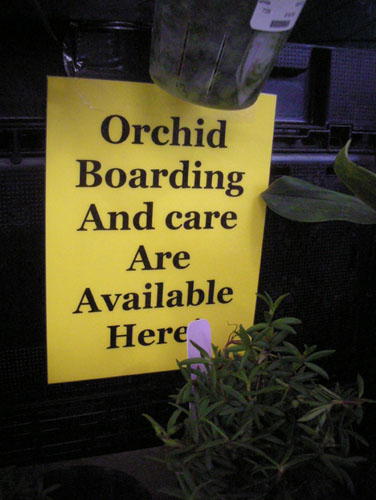
(I think orchid boarding would make more sense if you'd spent the $200 some of those orchids were priced at.)
I got a couple of orchids from a friend last year, and I've been enjoying having a cat who doesn't eat plants, so it was fun to walk around and daydream about building a massive orchid garden, or think about what we wanted to do with the greenhouse when we build it. We enjoyed the exhibit area, with lots of really lovely plants at the peak of bloom.
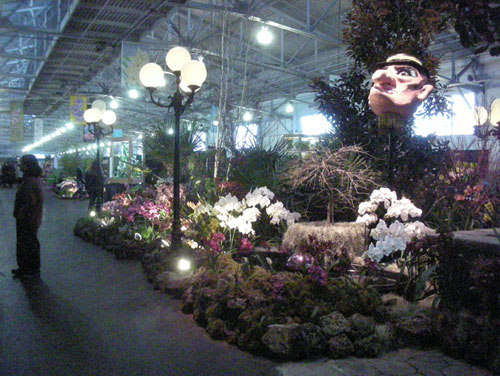
Then afterward we drove to another event downtown in the most glorious sunset. It's been so overcast the last several days that having such a stunningly clear evening was a real pleasure. I think I've driven down this street a hundred times and I've never seen such a clear view of the two Eastern spans of the Bay Bridge (one under construction, of course, but when it's built this view will be terrific on the rare clear day). (And yes, of course they're not as in focus or clear in the photo as they were in person, but usually you can't even tell there's an island out in the bay from here, much less see the bridges on the other side.)

And yes, I admit, I was glad to spend the day shoveling mulch around the garden rather than walking around on another concrete expo center floor. Although the funniest thing has been talking to people today and having them say, "Oh, yeah, we went to the orchid show yesterday." Apparently everybody we know was there.
Technorati Tags: flowers, garden show, orchids, san francisco
